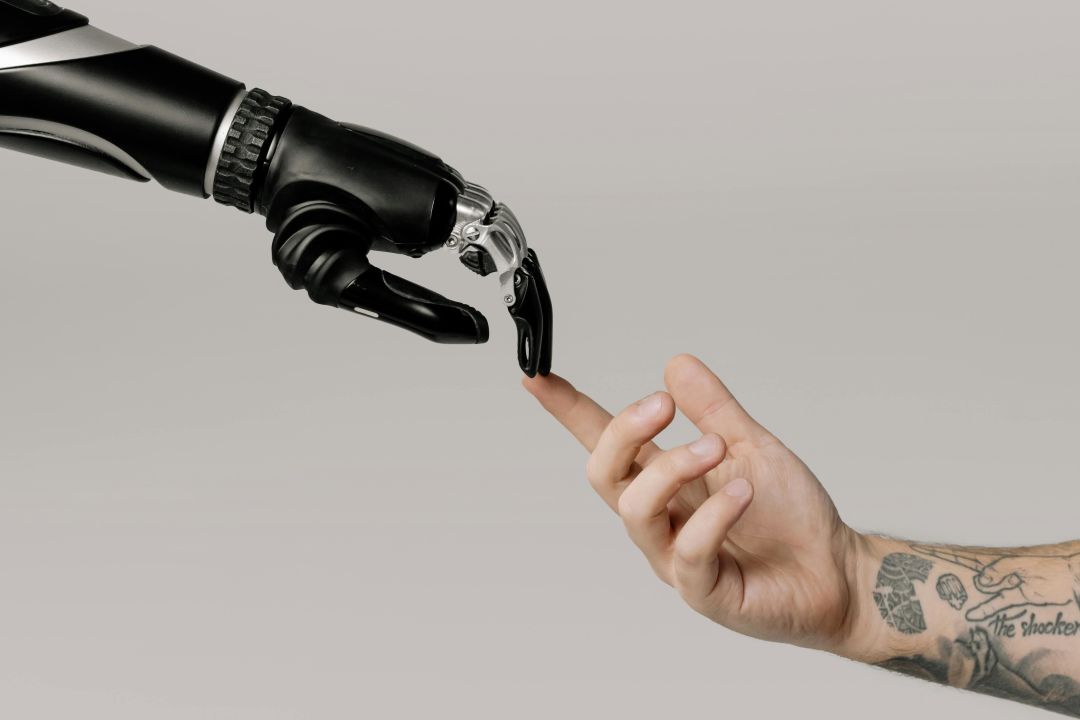Are AI Chatbots Starting To Feel Too Real

Image: cottonbro studio / Pexels
It’s a quiet Tuesday night, and you’re brainstorming ideas for a project. You open a chat window and type a query. The response comes back instantly, not just with the information you asked for, but with a follow-up question that shows it understood the nuance of your request. “That’s a great starting point,” it says, “but have you considered the angle of…?” You find yourself in a back-and-forth, refining ideas, cracking a joke that the AI seems to get, and for a fleeting moment, you forget you’re talking to a complex algorithm. You’re just… collaborating.
This experience, once the stuff of science fiction, is rapidly becoming the norm. The latest generation of artificial intelligence chatbots, powered by sophisticated LLMs, has crossed a significant threshold. They have moved beyond the stilted, robotic responses of their predecessors and into a realm of conversation that feels uncannily human. The line between person and program is blurring, prompting a profound and pressing question: Are these digital entities starting to feel a little too real?
The Ghost in the Machine Gets a Voice
The technological leap that has brought us to this point has been nothing short of a paradigm shift. Early chatbots operated on relatively simple, rule-based systems. They could answer specific questions if you phrased them correctly, but they had no memory, no context, and certainly no personality. They were functional but hollow. Today’s AI, however, is built differently. Trained on vast oceans of text and data from the internet, LLMs like GPT-4 and Claude 3 don’t just retrieve information; they synthesize it. They have learned the patterns, rhythms, and intricate rules of human language, from formal prose to casual slang.
This training allows them to generate text that is not only grammatically correct but also contextually aware and stylistically flexible. They can adopt personas, maintain a consistent conversational thread over long interactions, and even mimic emotional states like empathy or humor. It’s this ability to mirror human interaction, not just human knowledge, that creates the startling sensation of realism.
More Than a Tool, Less Than a Friend?
As AI chatbots become more human-like, our relationship with them is evolving. What began as a novelty or a productivity tool is, for many, becoming a form of companionship. People are turning to AI for everything from help drafting a difficult email to brainstorming a novel to simply having someone to talk to when loneliness creeps in. The AI is always available, endlessly patient, and non-judgmental, qualities that can be hard to find in human relationships. This has given rise to a new and complex dynamic where users form genuine emotional attachments to their digital counterparts.
This attachment is most pronounced in the burgeoning market for companion AIs, some of which are explicitly designed to act as supportive friends or even romantic partners, like an AI gf, offering round-the-clock validation and affection. While for some this may be a harmless way to combat isolation, it raises deep questions about the nature of connection. Are we using these tools to supplement our social lives or to replace them? Psychologists worry that an over-reliance on the curated, conflict-free interactions offered by an AI could erode our ability to navigate the messy, unpredictable, and ultimately more rewarding landscape of real human relationships. The perfect digital companion may set an unrealistic standard, making the flaws and demands of real people harder to tolerate.
Navigating the New Conversational Landscape
The increasing realism of AI chatbots presents a series of ethical and social challenges we are only beginning to grapple with. As these systems become indistinguishable from humans in casual conversation, the potential for misuse grows. Malicious actors could deploy hyper-realistic bots for sophisticated phishing scams, to spread misinformation that appears to come from a trusted source, or to manipulate public opinion on a massive scale. If you can’t tell whether you’re talking to a person or a program, how can you trust the information you receive? This erosion of trust is a fundamental threat in an already fractured digital world.
Beyond malicious use, there is the more subtle question of authenticity. As we increasingly interact with AI in customer service, education, and even creative fields, we risk living in a world saturated with synthetic content and conversation. We are stepping into uncharted territory where the very definition of a "genuine" interaction is up for debate. The challenge is no longer just a technical one for engineers in Silicon Valley; it is a human one for all of us. We must develop a new kind of digital literacy, one that allows us to appreciate the incredible power of these tools while remaining critically aware of their limitations and the artifice that lies behind their ever-more-convincing words. The conversation has just begun, and it’s one we need to have with each other, not just with our machines.